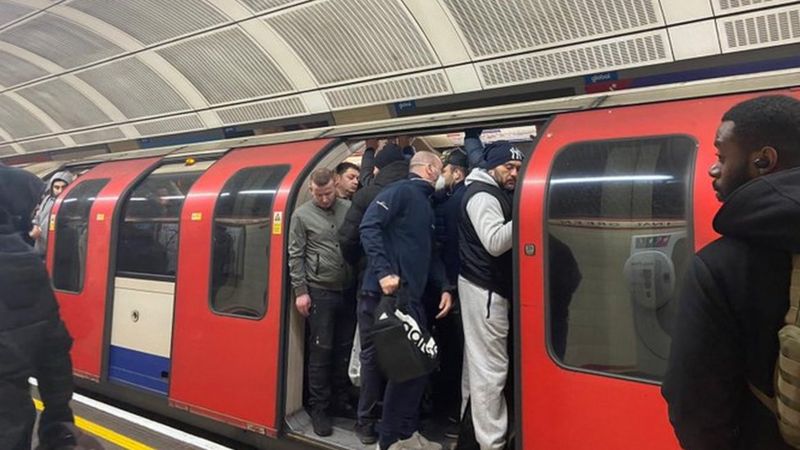I've got a technical theory about this, that doesn't revolve around Metrolinx's "it's faster" argument..... or my personal opinion which is that it's Ford's old ward and Associate Transport Minister Kinga Surma's current riding, and they're giving it "special treatment" as is completely typical with Ontario politicians of all political stripes.
I'll preface this by saying that I know Eglinton Avenue very very well. I've had many professional commitments and spent personal time in literally every segment of the road -- from spending time at a friend's place in one of those soul-sucking townhouses by the 407 at the Oakville border, to having drinks at the Olde Stone Cottage Pub at Kingston Road. I've seen every bit of the Crosstown and Mississauga BRT construction projects (at least, the Eglinton portion) evolve over the years with my own eyes.
I think there's a valid case that can be made related to
residential noise.
Consider the existing Crosstown route::
- The overground segment from Kennedy to Leslie is almost 100% commercial or high-density residential. There are a small number of houses that back/overlook onto Eglinton around the Don Mills and Brentcliffe portals, and near Victoria Park Ave. A noise wall was built between the houses and the Brentcliffe portal before construction of the portal began in 2014 or whatever it was. They also just installed new noise walls between the site of Keelesdale Station's new bus terminal and some houses that are right beside it.
- The overground segment west of Keele is also not near any residential areas, except for a few houses beside Mount Dennis. The thing is, those houses are also directly beside the main train line, which includes UPX trains rumbling by every 7.5 minutes. I used to have a storage unit along the tracks a few blocks away from here.... it is indeed very noisy, all the time, so I suspect people in this specific area aren't going to complain about transit noise.
And Eglinton West LRT's
design diagrams (PDF):
- The LRT would go back underground west of Mount Dennis, underneath the houses, avoiding putting the LRT route right outside people's front doors. The road here isn't wide enough for an LRT anyways; all the houses here have little to no front-yards.
- The route continues outdoors & elevated through the Scarlett Woods golf course area. No residences.
- The routes dives underground right around the point that the houses begin on the south side of Eglinton, west of Scarlett Road.
- From this point westward, especially west of Royal York, it's pretty much exclusively residential.
- West of Martin Grove, the houses thin out as it approaches the 427/401 interchange, but then there's a bunch more approaching Renforth. But at that point you do want to be underground again to facilitate a nice connection with the Mississauga BRT.
With all that in mind, I'll go so far as to say this:
Putting Crosstown West overground would negatively impact many times more residences (and therefore people) than the Leslieville segment of the Ontario Line.
Do I personally think this is a justification for putting Crosstown West underground? Absolutely not, given the price. If you live right along Eglinton, you're already used to a ton of background noise from buses, cars, trucks, and airplanes.... and, like,
boo-fuckin'-hoo, I've lived directly on three different streetcar routes in my life. It's a big city and sometimes that means big city noises.
But that's just my opinion. Other people are more sensitive to noise than me, and that is totally fair.

